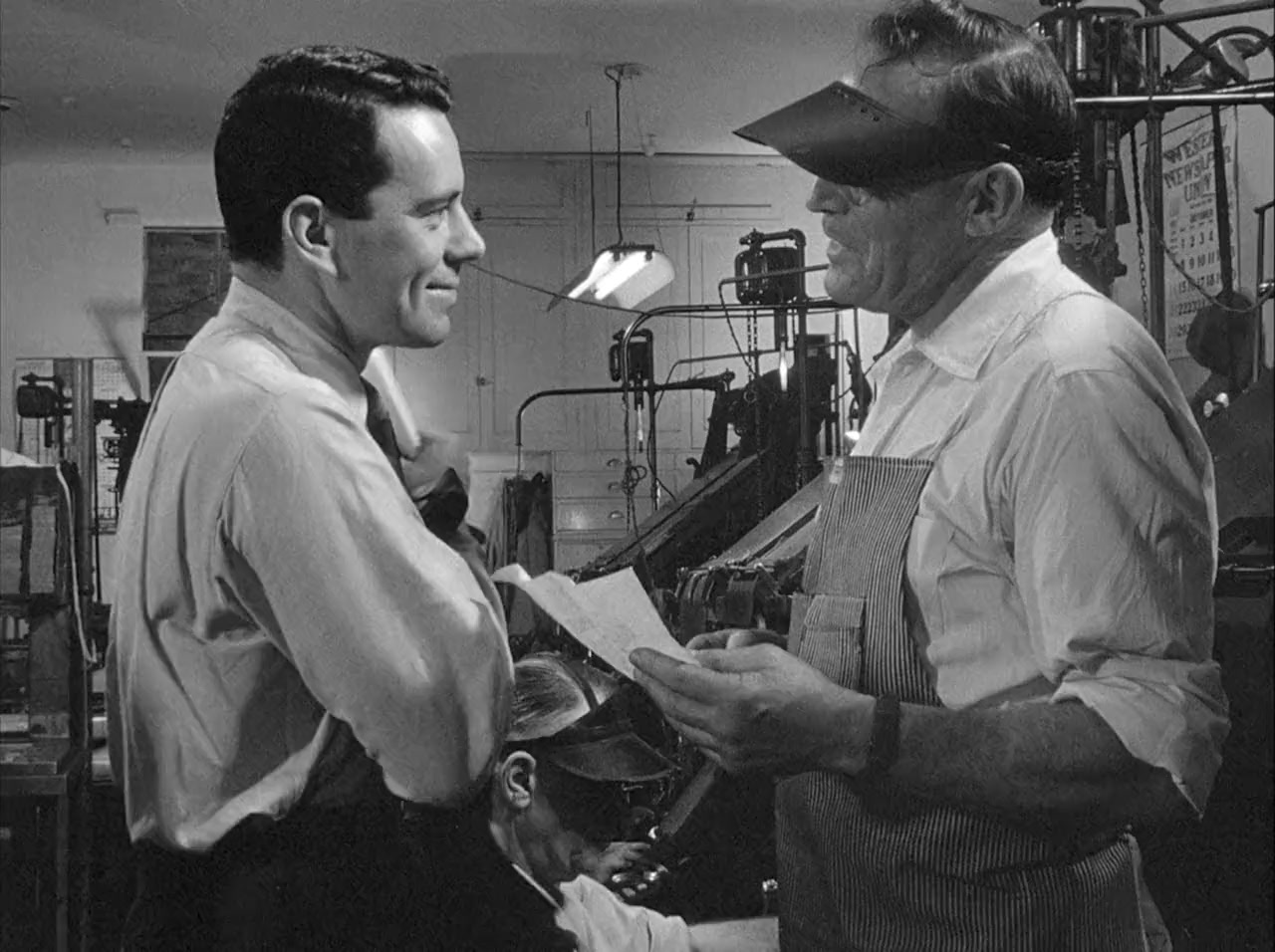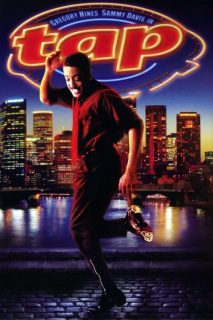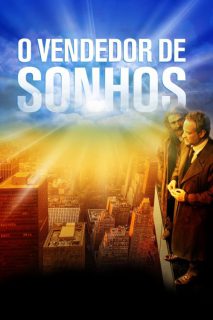
- Year: 1952
- Released: 11 Apr 1952
- Country: United States
- Adwords: N/A
- IMDb: https://www.imdb.com/title/tt0044476/
- Rotten Tomatoes: https://www.rottentomatoes.com/m/the_captive_city
- Metacritics:
- Available in: 720p, 1080p,
- Language: English
- MPA Rating: Approved
- Genre: Crime, Drama, Film-Noir
- Runtime: 91 min
- Writer: Karl Kamb, Alvin M. Josephy
- Director: Robert Wise
- Cast: John Forsythe, Joan Camden, Harold J. Kennedy
- Keywords: film noir, organized crime, bookie,
 | 6.6/10 |
The Captive City Photos



The Captive City Torrents Download
| 720p | bluray | 838.97 MB | magnet:?xt=urn:btih:A1A2B57FCB4CF3939AF8208899C72FFCC38D9526 | |
| 1080p | bluray | 1.52 GB | magnet:?xt=urn:btih:6704012DF6693604CA87514E2F98D9D02C2CC76C |
The Captive City Subtitles Download
| English | subtitle The.Captive.City.1952.720p.BluRay.FLAC2.0.x264-IDE |
The Captive City Movie Reviews
A Pervasive Threat To Society
In 1950, Senator Estes Kefauver headed a special committee to investigate organised crime and the committee’s hearings (which were televised live), soon provoked a great deal of interest. This was the first time that most members of the general public had been made aware of the nature and extent of organised crime in the United States and although the committee’s findings revealed a serious threat to society, they also became a source of fascination for many people. “The Captive City” is based on the actual experiences of Time magazine crime reporter Alvin M Josephy Jr (who co-wrote the screenplay) and is one of a number of movies (such as “The Enforcer” and “The Racket”) which exploited the strong interest that existed in crime syndicates in the early 1950s.
Jim Austin (John Forsythe) is the editor and co-owner of the local newspaper in a small town called Kennington and is surprised when a private investigator tells him that he’s inadvertently discovered the existence of a major gambling operation that’s run by one of the town’s most prominent citizens. More shockingly, Clyde Nelson (Hal K Dawson) adds that the police and local politicians are also involved and it’s for this reason that he’s recently been harassed by having his telephone tapped and his investigator’s licence withdrawn. Jim finds Nelson’s claims hard to believe and after receiving some assurances from Police Chief Gillette (Ray Teal), takes no further action. After Nelson is killed in what’s claimed to be a hit-and-run incident, Jim becomes suspicious and starts to make his own investigations.
In a series of articles which Jim writes, he criticises the local police for their lack of action in pursuing Nelson’s killer and soon finds that his actions bring him into conflict with the police and business people who stop advertising in his newspaper. The newspaper’s press privileges are suddenly withdrawn and an attempt is made to tap his telephone. Furthermore, it becomes apparent that he’s being followed by a car with Florida licence plates that fits the description of a vehicle that was known to have followed Nelson in the days shortly before his death.
Jim’s investigations confirm the veracity of Nelson’s claims and reveal that the level of corruption in his town is widespread with most people either being directly involved in the gambling operation or at least supportive of it. He also finds other information that makes it far too dangerous for him and his wife to remain in Kennington and so they race off to Washington with the intention of giving evidence to the Kefauver committee.
“The Captive City” is a low budget docu-noir and the inclusion of a narration, scenes shot on location and a solemn message delivered by Senator Kefauver are typical of such movies. Similarly, the use of a mixture of scenes that are well-lit and others which have the more orthodox noir look is also consistent with the docu-noir style. The story, which is told in flashback, emphasises how pervasive the influence of the mob is and how easily the corruption that it generates can become an acceptable part of everyday life.
Jim Austin’s struggle against what seem like insuperable odds is made riveting because it’s fact-based but also because he’s continually in mortal danger. Furthermore, Robert Wise’s no-nonsense direction adds so much clarity and pace to the action that its intensity remains high throughout.
A simple and effective crime drama
John Forsythe stars in this excellent crime drama directed by Robert Wise. Unlike most movies involving the mob, this one is quite a bit different, as you never actually get to see many of the crooks and the menace is much more implied than actual. This isn’t bad, as it makes the film seem less predictable and more realistic.
Forsythe is a newspaper owner in a small town where you’d never expect the mob. When a local private detective comes to Forstythe with stories of mobs and payoffs, the newspaperman can’t believe it and only does a cursory investigation. But, when a bit later this detective is killed, Forstythe starts to wonder if there really is more to the story. Unfortunately for him, when he digs deeper, he puts his life on the line as well.
Senator Kefauver (who made a name for himself crusading against organized crime) gives an epilogue in which he says the story is true. I’d really like to know more, though IMDb doesn’t have any information about the case. If anyone can give me more info, I’d appreciate it.
We are not helpless.
It’s strange how this Wise movie influenced “Invasion of the body snatchers”.The construction is exactly the same:a car belting with a couple inside:close shots on their faces,full of fear.They take refuge in a police station,and the man begins his story which he records on a tape.Like in “body snatchers”,there’s a description of Kennington,a peaceful town,but little by little,the witness,a journalist, reveals us what lies beneath.And by the way,in 1945,Wise made a movie called “the body snatcher”!
The town seems to be under Sirak’s thumb,a local tycoon who has a hand in shady and illegal business.The police is totally corrupted,and ,it’s the last analogy with “Body snatchers” ,ordinary people seem contaminated too (the car salesman),or about to be(the journalist’s partner).
A private eye tried to spill the beans,but he was murdered soon after having asked for the journalist’s help.The murder scene is masterfully directed by Wise whose editing science is astounding:the private,driven back against a dead end street,in a symphony of black and white,by a mysterious car which will come back as an ominous messenger of death,then,abruptly,a trumpet bellowing out in a nightclub.Violence always takes place in the night,in Wise ‘s world (remember the end of “odds against tomorrow”,or even the rumble in “west side story”).
The characters are realistic to a fault.No stereotype,no real baddie (except for the gangsters whom we hardly see;their presence can be felt everywhere though,that is to say how great Wise is!)It seems that Sirak is actually overtaken by events.Characters of secondary importance are wonderfully depicted:Sirak’s wife,whom we see only twice in the movie appears at first as an indifferent woman,then ,a fearful,pitiful one,an alcoholic at that.
The main message of the movie is that we are not helpless,as the private detective’s wife told the journalist soon after her husband ‘s death.If the gangsters took over the town ,it’s because of people (ordinary people) who are too afraid of getting mixed up in a fight against the strong and the mighty,or worse,because bribes make ends meet.
In 1952,with no star,a low budget,and a great modesty,Wise showed the way to modern film noir.



